Premium Only Content
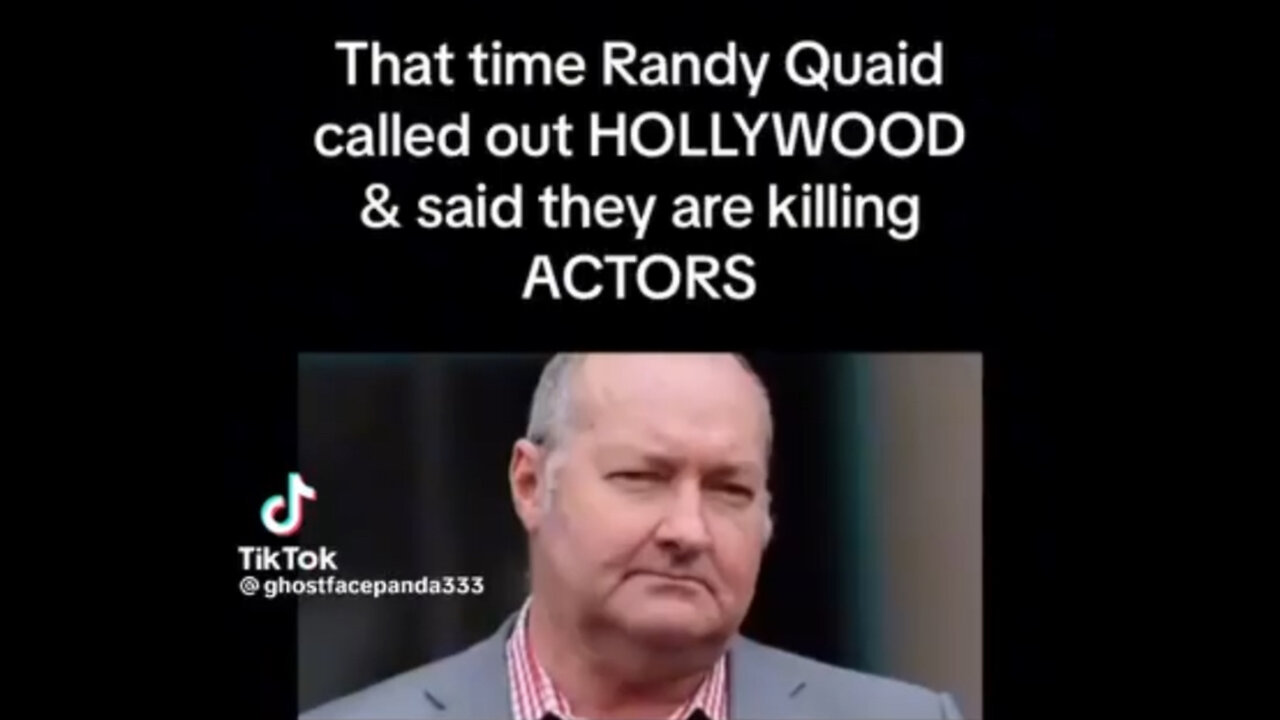
Hollywood’s Dark Cabal: The Chilling Truth Behind Randy Quaid’s “Starwackers” Conspiracy
Introduction: A Star in the Shadows
Randy Quaid, an acclaimed actor who graced screens in iconic films like Independence Day and National Lampoon’s Vacation, shocked the world when he spoke out about the alleged existence of “Starwackers”—a clandestine group targeting Hollywood’s elite. While many dismissed his claims as the ramblings of a troubled mind, a closer look at his story, paired with historical evidence and patterns within the entertainment industry, reveals unsettling possibilities.
Could Hollywood’s glittering façade conceal a shadowy underworld of financial manipulation, career sabotage, and even murder?
I. The Starwackers Conspiracy: What Quaid Claimed
1. Assassination of Celebrities
Quaid asserts that “Starwackers” are responsible for the deaths of celebrities under mysterious circumstances. He specifically names:
• Heath Ledger: Found dead in 2008 from an accidental overdose. Quaid suggests foul play, claiming Ledger was financially exploited before his untimely death.
• David Carradine: Discovered hanged in a Bangkok hotel room in 2009 under circumstances that raised more questions than answers. Quaid links his death to the shadowy forces allegedly silencing dissenting voices in Hollywood.
2. Financial Sabotage and Legal Manipulation
Quaid alleges that a network of agents, lawyers, and accountants systematically embezzled his earnings, leaving him destitute. He describes:
• Career Sabotage: Roles mysteriously drying up despite his continued popularity.
• Legal Persecution: Lawsuits and fabricated charges that tarnished his reputation, painting him as erratic and untrustworthy.
3. Psychological Warfare
Labeling him mentally unstable served to discredit his claims. This strategy, Quaid suggests, has been used repeatedly against whistleblowers within the entertainment industry, forcing them into silence or self-destruction.
II. Historical Patterns: Hollywood’s History of Exploitation and Secrecy
1. Exploitation of Talent
Hollywood’s darker history is rife with examples of artists exploited by the system:
• Judy Garland: The beloved star of The Wizard of Oz was subjected to grueling work schedules, drug dependency, and financial exploitation by MGM Studios.
• Marilyn Monroe: Her death in 1962 remains controversial, with many alleging that she was silenced due to her relationships with powerful political figures.
2. Mysterious Deaths in the Spotlight
A surprising number of celebrities have died under suspicious circumstances, often officially labeled as suicides or accidents. Examples include:
• Kurt Cobain: His 1994 death by a shotgun wound has been widely questioned, with allegations of murder and cover-ups persisting.
• Brittany Murphy: The actress died in 2009 from pneumonia and anemia, but subsequent revelations about toxic mold and her husband’s similar death have fueled conspiracy theories.
3. Whistleblowers Silenced
Hollywood has a track record of suppressing dissent:
• Corey Feldman: The actor has long spoken out about pedophilia in the industry, facing backlash and attempts to discredit him.
• Rose McGowan: After exposing Harvey Weinstein, McGowan endured targeted smear campaigns.
III. The Machinery of Control: How It Might Work
1. The Financial Web
Quaid’s claims of financial exploitation echo documented cases of celebrities being swindled:
• Johnny Depp vs. The Management Group: Depp alleged that his former business managers misappropriated millions of dollars, leaving him in financial turmoil.
• Elvis Presley: Managed by Colonel Tom Parker, Presley was reportedly exploited financially, with Parker taking an exorbitant share of his earnings.
2. Psychological and Media Manipulation
• Character Assassination: Discrediting dissenters through allegations of mental instability or substance abuse ensures their claims are dismissed.
• Controlled Narratives: Media conglomerates, often intertwined with Hollywood, shape public perception to maintain the industry’s image.
3. Connections to Power
Hollywood is deeply connected to political and corporate elites, which complicates efforts to expose corruption:
• Epstein’s Hollywood Connections: The late Jeffrey Epstein’s ties to celebrities, billionaires, and politicians suggest a nexus of influence that extends far beyond the entertainment industry.
• The CIA and Hollywood: Declassified documents reveal that the CIA has worked with Hollywood on propaganda projects, suggesting the industry is a tool for shaping public perception.
IV. What If Quaid Is Right?
1. The Implications of a Breakaway Elite
If Quaid’s allegations are true, they point to the existence of a “breakaway” group within Hollywood that operates above the law:
• Monopolizing Talent and Wealth: By controlling and exploiting celebrities, this group consolidates power and wealth.
• Culling Dissent: Silencing or removing individuals who threaten the status quo ensures their continued dominance.
2. Society’s Complicity
The allure of celebrity culture blinds the public to its darker underbelly. By idolizing stars, society inadvertently supports the very system that exploits them.
V. Seeking the Truth: The Importance of Vigilance
1. Questioning the Narrative
• Critical Thinking: Approach media narratives with skepticism, particularly when they discredit individuals raising concerns.
• Independent Investigation: Support independent journalists and researchers who delve into Hollywood’s hidden histories.
2. Demanding Transparency
• Legislation: Advocate for stronger protections for artists against exploitation and financial abuse.
• Awareness Campaigns: Highlight the systemic issues within Hollywood to foster accountability and change.
Conclusion: A Tale Worth Exploring
Randy Quaid’s “Starwackers” theory, while controversial, raises essential questions about the nature of power, control, and exploitation within Hollywood. Whether his claims stem from paranoia or expose a deeper truth, they compel us to look beyond the glitz and glamour and consider the shadows lurking beneath.
In a world where fiction often mirrors reality, perhaps the real conspiracy is our unwillingness to see what lies behind the curtain.
-
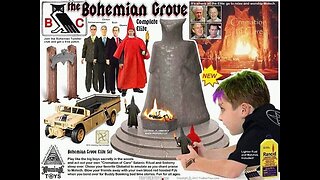 6:53
6:53
FragmentsOfTruth
1 day agoThe Illuminati’s Hidden Pathways: Power, Masks, and the Ritual of Control
159 -
 12:32
12:32
Bearing
23 hours agoAustralian Gender Clinic Caught SECRETLY Transitioning Kids 🤬🤬
13.5K51 -
 4:34
4:34
AlaskanBallistics
1 day ago $0.07 earnedFosTech Echo Trigger
7.52K10 -
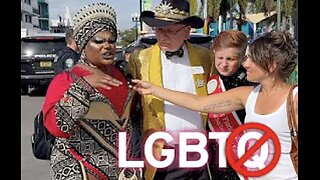 9:10
9:10
ariellescarcella
12 hours agoI Asked People To Toss Out An Identity : The Queer Alphabet Is OVER
5.48K4 -
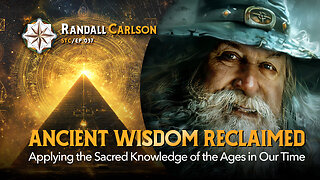 27:00
27:00
Squaring The Circle, A Randall Carlson Podcast
19 hours agoSPECIAL EPISODE: #037 Randall Carlson Explains The Vital Role of Sacred Geometry in the Modern Age
6.26K2 -
 58:35
58:35
Trumpet Daily
20 hours ago $3.93 earnedThe Trade War Begins - Trumpet Daily | Feb. 3, 2025
20.6K34 -
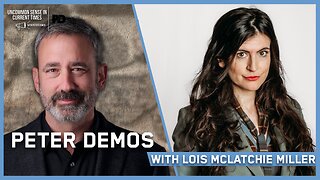 47:03
47:03
Uncommon Sense In Current Times
18 hours agoArrested For Praying Silently in Western Culture and Convicted
13K1 -
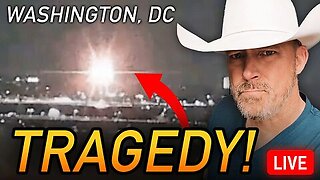 44:19
44:19
PMG
16 hours ago $0.01 earnedIn the wake of a tragedy! Finding hope in broken times
8.34K -
 3:40:50
3:40:50
FreshandFit
10 hours agoGirls Walk Off Pod After Being Exposed As Thots By Chat! 🤣
111K120 -
 5:30:06
5:30:06
SpartakusLIVE
14 hours ago#1 King of Content kicks off YOUR week with Monday MOTIVATION
133K8